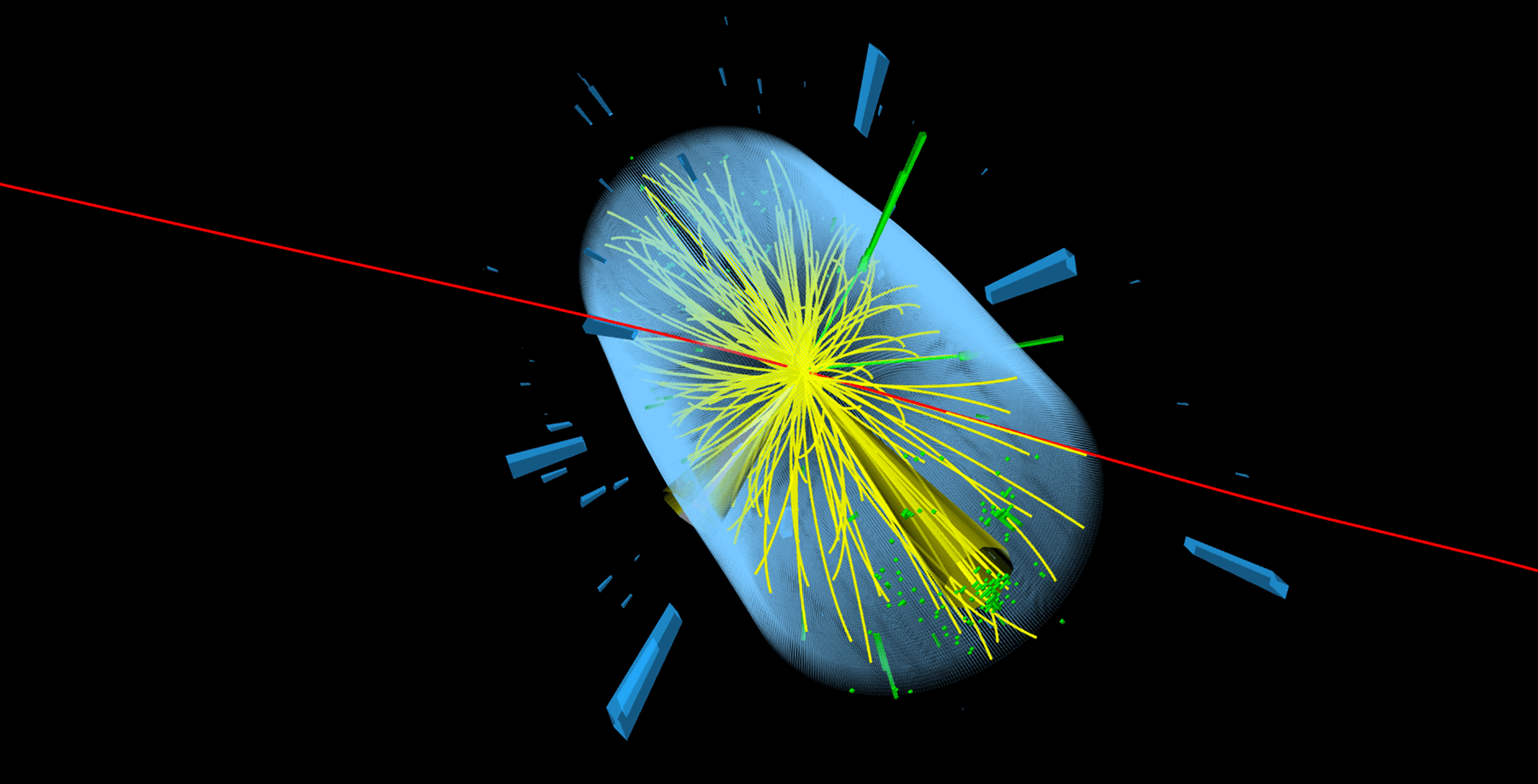
Perhaps the most anticipated result of the LHC involves the search for the Higgs boson, the only particle predicted by the Standard Model (SM) that has not yet been seen by experiments. The Higgs boson helps explain how elementary particles acquire mass. If the SM Higgs boson exists it will be produced at the LHC and swiftly decay into various known and well-studied particles, with the dominant decay products depending on the actual Higgs mass. ATLAS and CMS search for the SM Higgs boson using a range of decay products: two photons; two tau leptons; two b quarks; two W bosons; and two Z bosons. Analysing all these channels ensures that the search is sensitive to observing the Higgs irrespective of its mass. First results from ATLAS and CMS on searches for the SM Higgs boson with about 1 inverse femtobarn[1] (fb−1) of data were reported already in July at the EPS2011 meeting in Grenoble, and updates were shown one month later at the Lepton Photon 2011 conference in Mumbai with data samples of up to 2.3 fb−1. By combining the individual results of the two experiments an increased sensitivity in the search can be obtained. Hence, as a next logical step, the experiments have now combined the search data released this summer. A team of physicists from ATLAS and CMS was put in place early this year to prepare for such a combination. Correlations between the individual results have been carefully taken into account. Various statistical combination techniques have been explored to perform the combination, and a huge number of cross checks were made in the last few months. Finally, the combined search result is now ready. The results of the combination are shown in the figure, which depicts in a very clear way the enormous impact of the 2011 LHC data on the search for the SM Higgs boson. The CMS and ATLAS combined search excludes at >95% confidence level[2] the presence of the Standard Model Higgs in the mass range[3] 141-476 GeV. Indeed, the region from 146 to 443 GeV is excluded at 99% confidence level with the exception of three small regions between 220 and 320 GeV. Nonetheless, exploration continues of the region at low mass that is most favoured by indirect measurements, as the experiments collect and analyse more data to increase their sensitivity. Clearly this region will be the main focus of the searches with the complete 2011 data sample, which amounts to more than 5 fb−1 recorded by each of the experiments, and in 2012. At the same time, the search in the full range will continue to look for production of non-Standard Model Higgs bosons, with a possible lower production rate in the channels studied so far, and by exploring new decay channels. The next few months are definitely going to be very exciting. More information can be found in CMS-PAS-HIG-11-023, ATLAS-CONF-2011-157.
Video
Follow the combination process from the CMS perspective (includes exclusive footage from internal CMS meetings):
Additional information
- All CMS Higgs plots and results
- All CMS Papers
- All CMS Physics Analysis Summaries
- All CMS results
- Images of real collisions in CMS
- Animations of real collisions in CMS
About CMS
CMS is one of two general-purpose experiments at the LHC that have been built to search for new physics. It is designed to detect a wide range of particles and phenomena produced in the LHC's high-energy proton-proton and heavy-ion collisions and will help to answer questions such as: "What is the Universe really made of and what forces act within it?" and "What gives everything substance?" It will also measure the properties of well-known particles with unprecedented precision and be on the lookout for completely new, unpredicted phenomena. Such research not only increases our understanding of the way the Universe works, but may eventually spark new technologies that change the world in which we live as has often been true in the past. The conceptual design of the CMS experiment dates back to 1992. The construction of the gigantic detector (15 m diameter by nearly 29 m long with a weight of 14000 tonnes) took 16 years of effort from one of the largest international scientific collaborations ever assembled: more than 3100 scientists and engineers from 169 institutions and research laboratories distributed in 39 countries all over the world. For further information, contact: cms.outreach@cern.ch.
- [1] http://news.stanford.edu/news/2004/july21/femtobarn-721.html
http://www.quantumdiaries.org/2011/03/02/why-don%E2%80%99t-we-just-say-collision-rate/ - [2] Confidence level is a statistical measure of the number of times out of 100 that test results can be expected to be within a specified range. For example, a confidence level of 95% means that the result of an action will probably meet expectations 95% of the time. (Source: NADbank)
- [3] By mass-energy equivalence, the electron volt is also a unit of mass. It is common in particle physics, where mass and energy are often interchanged, to use eV/c2, where c is the speed of light in a vacuum (from E = mc2). Even more common is to use a system of natural units with c set to 1 (hence, E = m), and simply use eV as a unit of mass. (Source: Wikipedia)
- Printer-friendly version
- Log in to post comments




